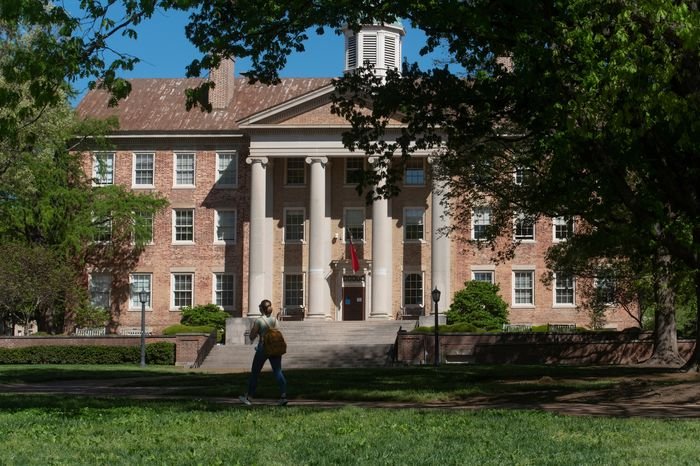The recent Supreme Court ruling on race-conscious admissions is anticipated to bring significant changes to the college admissions landscape. While it may result in a decline in Black and Hispanic student enrollment, colleges now face the challenge of admitting a diverse class while adhering to the law. As a result, several aspects of the admissions process are likely to undergo transformation. This article explores five key areas that could experience substantial shifts.
The Personal Essay Takes Center Stage
The Supreme Court emphasized that students can highlight how race has shaped their lives in the college essay. However, the essay should be directly linked to the applicant’s unique qualities and contributions to the university. This requirement may lead to a change in the tone, subject matter, and depth of personal essays, encouraging students to delve into their trials and challenges rather than superficial topics.
Decline in Standardized Testing Requirements
The COVID-19 pandemic prompted around 1,900 colleges and universities to temporarily adopt test-optional or test-free admissions policies. This trend may continue, with some institutions permanently eliminating standardized test requirements. Critics argue that these tests favor students from privileged backgrounds, and removing them may prevent potential lawsuits. The University of California system has already taken it a step further by going “test blind,” disregarding test scores even if submitted.
Curtailing Preferences for Alumni and Wealthy Families
The practice of giving preference to children of alumni, donors, and faculty has long been criticized. The Supreme Court ruling and President Biden’s pledge to scrutinize legacy admissions suggest a shift in this regard. While some colleges argue that these preferences foster community and fundraising, a few selective institutions, such as the California Institute of Technology, Johns Hopkins University, and Amherst College, have already abandoned these practices.
Introduction of Adversity Indexes as a Measure of Merit
President Biden called for a new standard in admissions, suggesting that schools evaluate the adversity students have overcome. This concept, in addition to test scores and grades, would acknowledge the determination and resilience exhibited by individuals facing significant challenges. The University of California, Davis, evaluates applicants based on a socioeconomic diversity index (S.E.D.), exemplifying an existing approach to measuring background and adversity.
Expanding Recruitment Efforts
Colleges traditionally rely on applicants to seek admission. However, with the changing landscape, institutions are expected to proactively reach out to potential students. The University of Virginia’s initiative, targeting historically underrepresented high schools, exemplifies this shift. By identifying schools with minimal application history, colleges aim to increase access for disadvantaged students. The University of California program, providing academic support and guidance to low-income communities, serves as a potential model.
| Aspect | Key Points |
|---|---|
| Personal Essay | – Emphasizing racial or ethnic backgrounds tied to qualities and contributions |
| Standardized Testing Requirements | – Temporary test-optional policies due to the pandemic |
| – Criticism of tests favoring privileged students | |
| Preferences for Alumni and Wealth | – Challenge to legacy admissions |
| – President Biden’s intent to review such practices | |
| Adversity Indexes as a Measure | – Biden’s call for considering students’ adversity and determination |
| – University of California, Davis, using socioeconomic diversity index (S.E.D.) | |
| Expanding Recruitment Efforts | – Colleges targeting schools with low application history |
| – University of California program providing support to low-income communities |
Conclusion
As colleges adapt to the Supreme Court’s ruling on race-conscious admissions, the college admissions process is expected to undergo significant changes. The personal essay may focus more on overcoming challenges, standardized testing requirements may diminish, and preferences for alumni and wealthy families may be curtailed. The introduction of adversity indexes as a measure of merit and increased efforts in recruitment demonstrate the evolving strategies colleges will employ to create a diverse and equitable admissions landscape.







